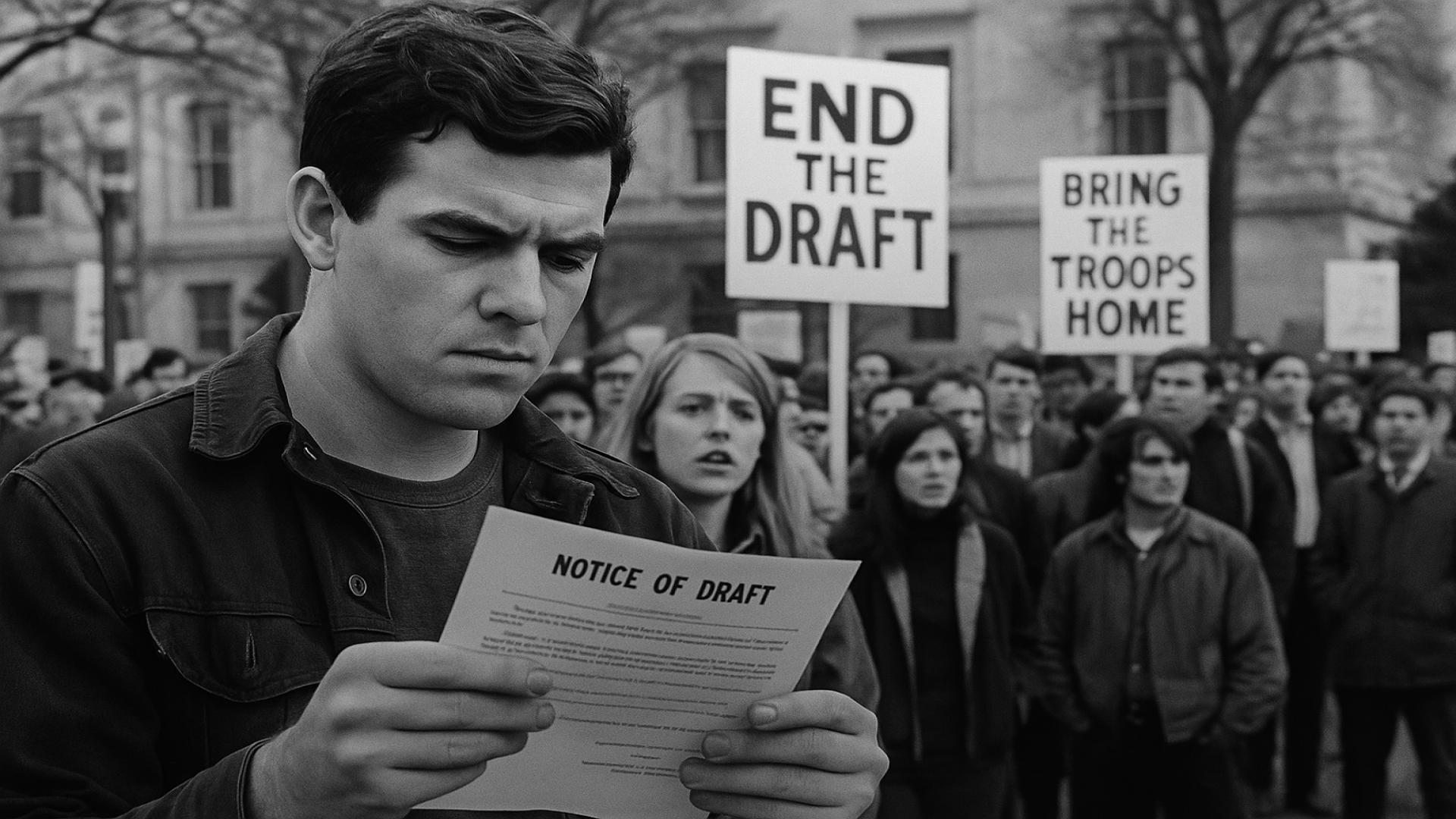1. Emigration to Canada and Other Countries

During the Vietnam War, many Americans sought to evade the draft by emigrating to countries like Canada and Sweden. Estimates suggest that between 60,000 and 100,000 U.S. citizens left for these nations, with Canada being the primary destination (history.com). The Canadian government did not recognize draft evasion as a criminal act, facilitating this migration by advising border officials to avoid inquiries into individuals’ draft statuses. In Sweden, the government openly welcomed American Vietnam War refugees, reinforcing its stance on peace and opposition to the war. Other destinations included Mexico, Britain, and even China, where some draft evaders found refuge.















